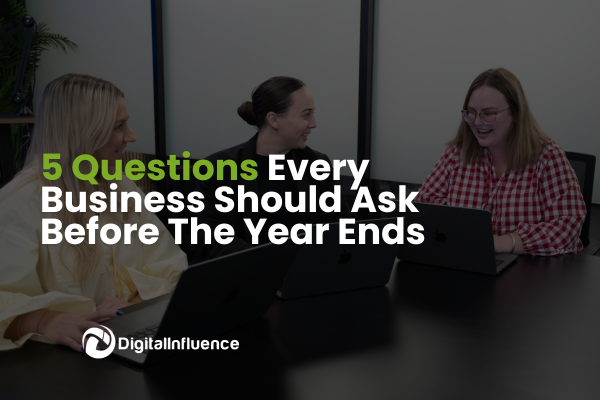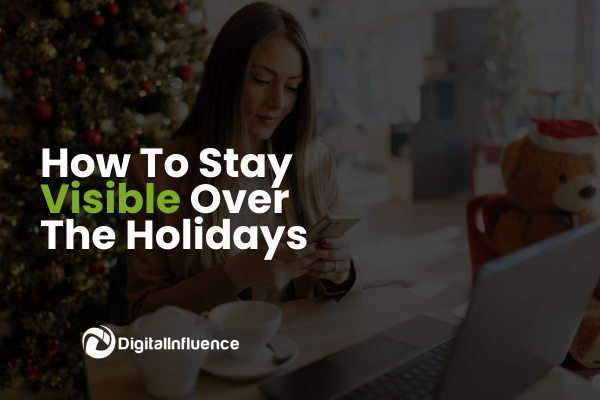Holiday campaigns often walk a fine line between attention-grabbing and overwhelming. At this time of year, your audience is juggling end-of-year tasks, planning for time off, and likely seeing more marketing messages than any other season.
So how do you make your campaign stand out in a way that feels smart, helpful, and worth their attention – without resorting to gimmicks?
Here’s how to craft a Christmas campaign that feels aligned to your brand, connects with your audience, and actually leads to action.
1. Start With Strategy, Not Just Seasonal Flair
The most effective campaigns begin with clear goals. Are you looking to generate sales before the break, build pipeline for January, boost engagement, or position your brand top-of-mind heading into 2026?
Once your outcome is defined, build a message and offer that aligns with your business objectives and audience needs. Seasonal relevance matters, but relevance without strategy leads to noise, not results.
Focus questions:
- What pain points or opportunities are heightened for your audience in December?
- How can your product or service help them finish strong or start fresh?
- What offer or message would actually feel useful right now?
2. Speak To The Season Without Losing Your Brand Voice
A great holiday campaign feels like your brand – just a little more timely. Avoid clichés, overused language, and festive templates that dilute your tone.
Instead:
- Use your existing brand style, but bring in seasonal context (e.g. end-of-year wrap-ups, gifting solutions, New Year prep)
- Lead with empathy or insight: what are people feeling or focused on right now?
- Avoid defaulting to red/green visuals or generic holiday puns if they don't fit your aesthetic
This is especially important for professional service brands, where tone consistency builds trust. Being festive doesn’t mean being fluffy.
3. Make It Easy To Say Yes
People are short on time, short on focus, and often not in deep decision-making mode during December. Your campaign should remove friction, not add more steps.
Ways to do that:
- Bundle or simplify offers to save people effort
- Create "New Year Ready" starter packs or consultations
- Highlight fast shipping, digital delivery, or set-and-forget service options
- Use clear CTAs like "Book before we close" or "Get started in January"
For B2B or service-based brands, this is a great time to drive interest for intro offers like strategy sessions or discovery calls in January. Frame it as getting ahead, not buying now.
4. Prioritise Campaign Structure, Not Just Creative
A beautiful visual or clever message won’t go far without the right funnel behind it.
Make sure your campaign includes:
- Awareness content (organic and/or paid) that hooks attention
- Consideration-stage material like client stories, FAQs, or behind-the-scenes insights
- Retargeting ads and follow-ups to capture those who engage but don't convert immediately
Think beyond the one post or email. Campaigns that convert are structured, not standalone.
5. Measure What Matters
Vanity metrics spike over the holidays, but true success is measured by impact. Define what success looks like for your campaign before it launches.
Track:
- Leads captured or appointments booked
- Sales attributed to campaign traffic
- Engagement rates from warm vs cold audiences
- ROI from any paid spend
And critically: debrief in January. What worked? What didn’t? What timing, messaging, or formats performed best? Every campaign should feed your 2026 strategy.
Make Your Holiday Campaign Count – Without Compromising Your Brand
Done well, a Christmas campaign can drive real outcomes and set the tone for the year ahead. But success doesn’t come from louder graphics or forced cheer – it comes from knowing your audience, delivering value, and showing up with clarity.
Need help designing smart, strategy-first campaigns? Explore our Facebook & Instagram Advertising services to get started.





